Planting Site: Ruchang & Sundarpur
Country: Nepal
Forest Type: Tropical Moist
Site Status: Active
Planting partner: Eden Reforestation Projects
Where Are We Planting?
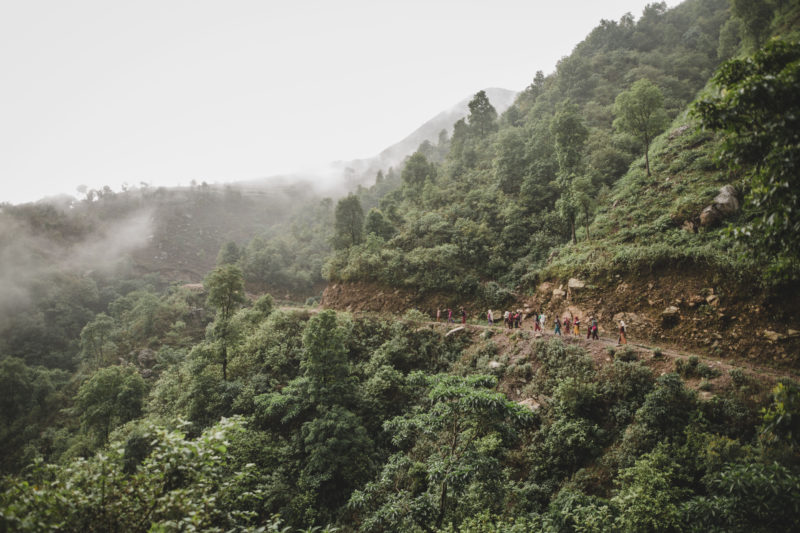
We have two plating sites in Nepal: Ruchang and Sundarpur.
Ruchang is tucked away in the Churia Hills in South Central Nepal. The Churia hills are a transition zone between the lowland plains of Terai and the Himalayas. Ruchang’s landscape is made up of moist, jungle-like forests with small plots of farmland throughout. The type of agriculture carried out in Ruchang is mostly subsistence agriculture, meaning it’s used by families to feed themselves or sell locally.
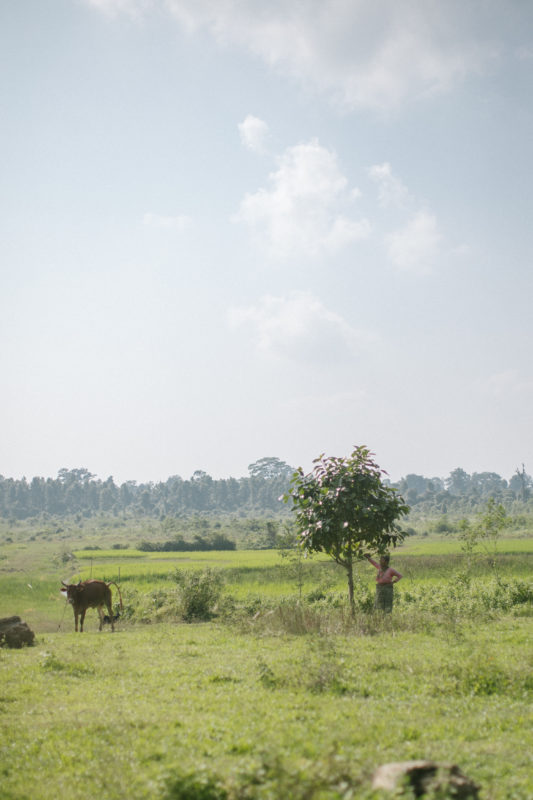
Sundarpur is located in South-Eastern Nepal in the lowland Terai ecological region. In Terai, you’ll find floodplain grasslands (large, wet, grassy terrain) and tropical deciduous forests. These forests provide essential habitats for wildlife like leopards (Panthera pardus) and barking deer (Muntiacus muntjak). Historically a densely forested area home to small communities of indigenous groups such as the Tharu, Majhi, Chhetri, and Magar, the region’s population expanded rapidly in the 1950s when people migrated to the area from the Himalayan foothills. Massive tracts of forested land were converted to agricultural land leaving only remnant patches of forest.
What Trees Are We Planting?
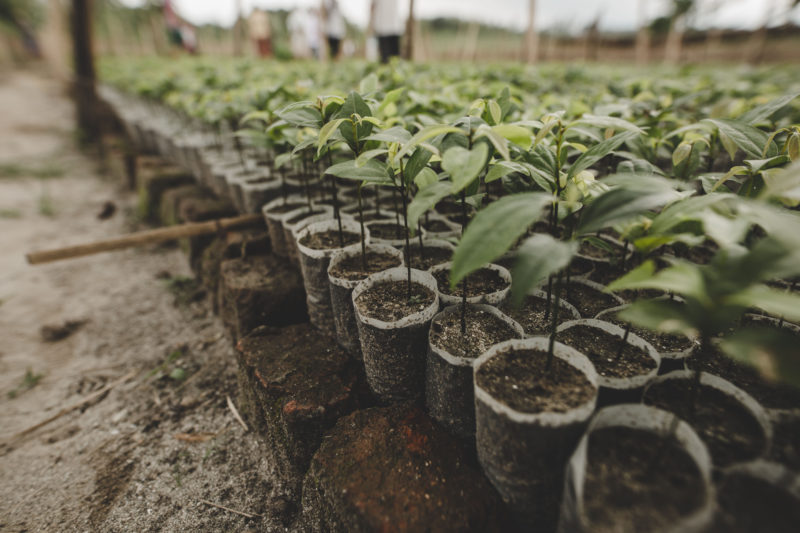
At our planting sites in Nepal, local communities rely on trees for household needs such as fuelwood, livestock fodder, and medicinal and edible plants. That’s why we plant a variety of deciduous tropical species to meet community needs while also regrowing the lost forest cover. Some of the tree species we plant in Nepal include Malaysian sal (Shorea seminis), Teak (Tectona grandis), Kher (Acacia catechu), and Indian Rosewood (Dalbergia sissoo). Indian Rosewood is known internationally for its timber and is valued locally as an essential source of fuelwood, shade, and shelter. This species produces nitrogen-rich fodder and green manures and is used in agroforestry systems to protect and enrich the soil, improve crop production, and diversify farmers’ income.
Why Plant Tropical Moist Forests In Nepal?
![women walking with firewood]](https://blog.tentree.com/wp-content/uploads/2021/06/women-walking-with-firewood-800x533.jpg)
Forests cover approximately 40% of Nepal’s land area. These forests are home to unique species including 27 endangered animals like the bengal tiger, asiatic elephant, clouded leopard, and horned rhinoceros. Nepa’s people depend on its forests too — 81% of the population lives in rural areas and survives off the land.
As Nepal continues to develop, inequalities between urban and rural populations continue to grow. While much of the urban population is now enjoying a higher quality of life and has more access to resources and economic opportunity, the rural areas have been left behind.
Rural communities often turn to deforestation as a means of survival, which only leads to further poverty as water supplies decline, soil erodes, and flooding occurs at alarming rates. Degraded land and lack of infrastructure leaves rural communities vulnerable and even more susceptible to severe danger in the face of environmental hazards like landslides and earthquakes.
Our planting sites in Nepal are targeted at improving local livelihoods and restoring forests in areas of critical importance as a way to regenerate lands, revitalize local economies and alleviate poverty.
Who’s Planting With Us?
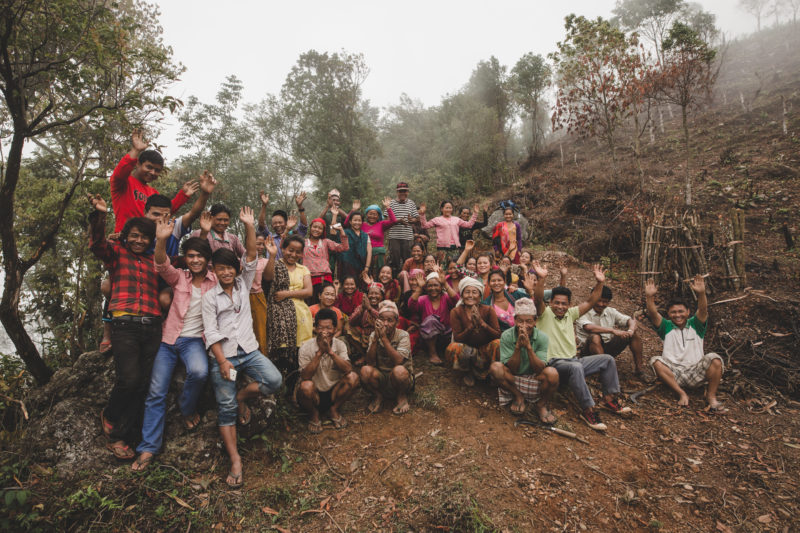
Our planting partner Eden Reforestation Projects uses an Employ-To-Plant model that’s designed to lift communities out of poverty through education and tree planting. By paying villagers living wages to participate in planting projects, entire communities become empowered to care for their families and become solid members of the upper-middle class within their society. Planters are given resources and education on forest health and taught how to manage forests for long-term sustainability. This imparts a sense of ownership and pride in their work, which reduces deforestation in the region. Planters can then provide for their families and pay for their children’s education while passing on their knowledge of the environment. This long-term strategy works to break the poverty cycle as we replant and protect healthy forest systems through community stewardship.
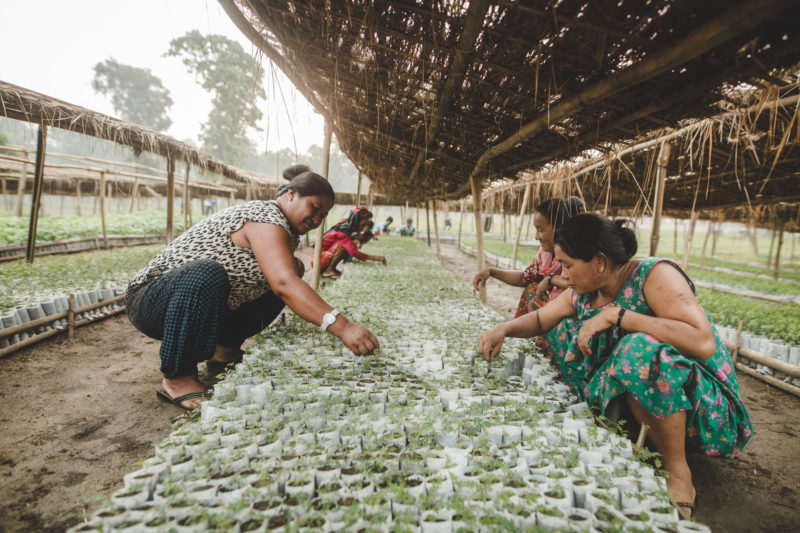
Women’s empowerment is another core principle and goal for our projects in Nepal. In a country where gender inequality is pervasive, Eden Reforestation has cultivated a project where the local leadership team is composed entirely of women. The planting and nursery management teams are also mostly women.
What’s The Impact?
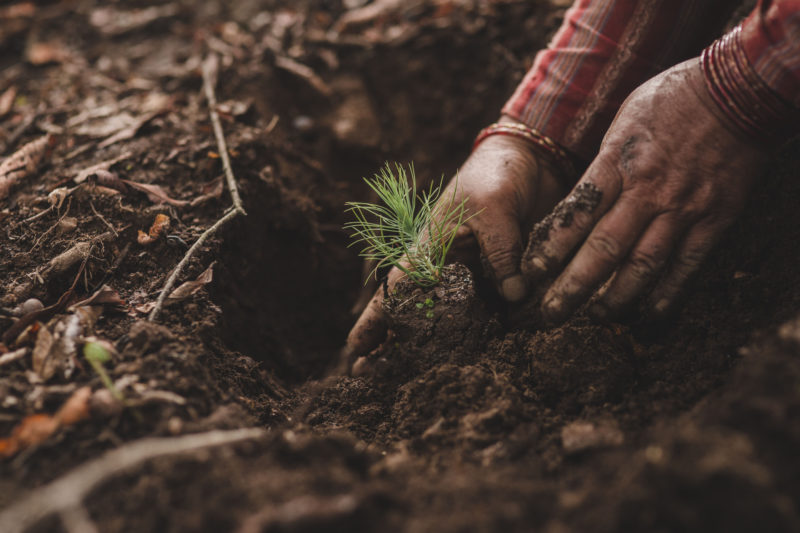
Environmental:
- Stabilize land and soil to protect against erosion, landslides and flooding
- Regenerate soils and raise water tables for more productive growing
- Protect biodiversity through restoration and expansion of habitats for endangered species
- Prevent further deforestation through empowering sustainable land stewardship
- Improve climate change adaptability by regenerating natural ecosystems
- Sequester carbon to help combat climate change
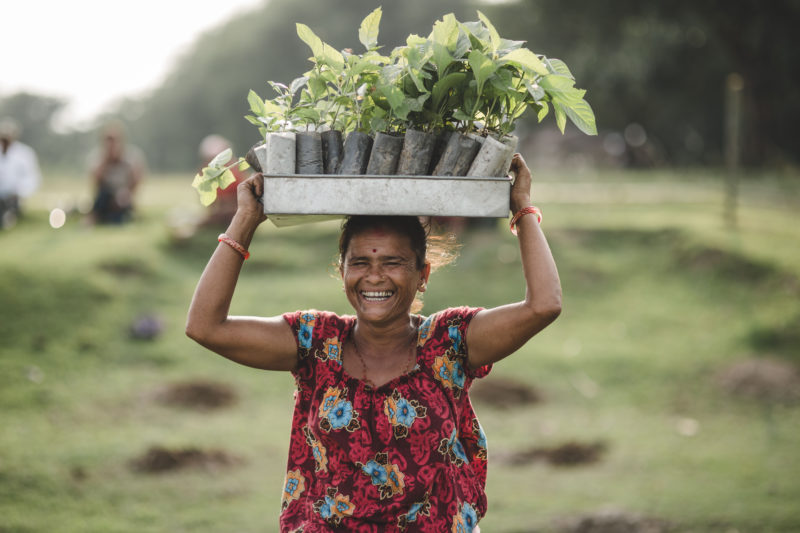
Social:
- Provide steady employment and income to those who previously would have had little or no income. Positions at this site include nursery technicians, planters, and site managers.
- Empower local communities in the reforestation of their land
- Empower indigenous communities to take ownership of land and resources
- Steady income allows Eden workers to:
- Improve health and wellness: Families can afford healthcare and improve their diets with more nutritious and varied food.
- Upgrade their standard of living: Locals can now buy simple items that significantly improve their quality of life such as beds, mattresses, solar panels, and radios.
- Invest in education: Families can pay for school fees and send their children to school.
- Invest in the Future: Locals are empowered to put aside savings, start microenterprises to diversify their income, plan for the future, and work towards purchasing land and building houses that will be a legacy for their children.
- Empower women and offer opportunities to combat inequality
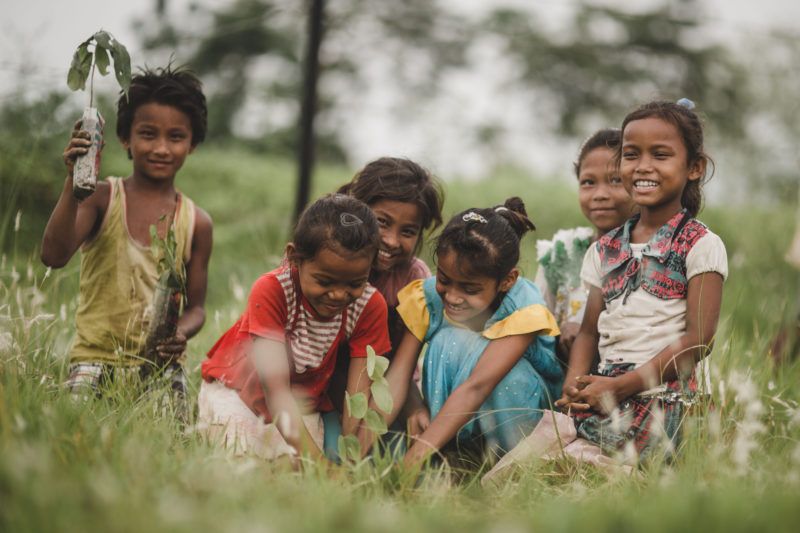
Related UN Sustainable Development Goals (SDGs)
The UN’s Sustainable Development Goals (SDGs) are a collection of 17 interlinked global goals that are a “blueprint to achieve a better and more sustainable future for all.”
#1 No Poverty: End poverty in all its forms everywhere
#2 Zero Hunger: End hunger, achieve food security and improved nutrition, and promote sustainable agriculture.
#3 Good health and well-being: ensure healthy lives and promote well-being for all at all ages.
#4 Quality Education: ensure inclusive and equitable quality education and promote lifelong learning opportunities for all.
#5 Gender Equality: achieve gender equality and empower all women and girls.
#6 Clean Water and Sanitation: Ensure availability and sustainable management of water and sanitation for all.
#8 Decent Work and Economic Growth: Promote sustained, inclusive and sustainable economic growth, full and productive employment and decent work for all.
#10 Reduced Inequalities: Reduce inequality within and among countries.
#13 Climate Action: Take urgent action to combat climate change and its impacts by regulating emissions and promoting developments in renewable energy.
#15 Life on land: protect, restore and promote sustainable use of terrestrial ecosystems, sustainably manage forests, combat desertification, and halt and reverse land degradation and biodiversity loss.
Want to see where your trees are planted? Register your trees now.

